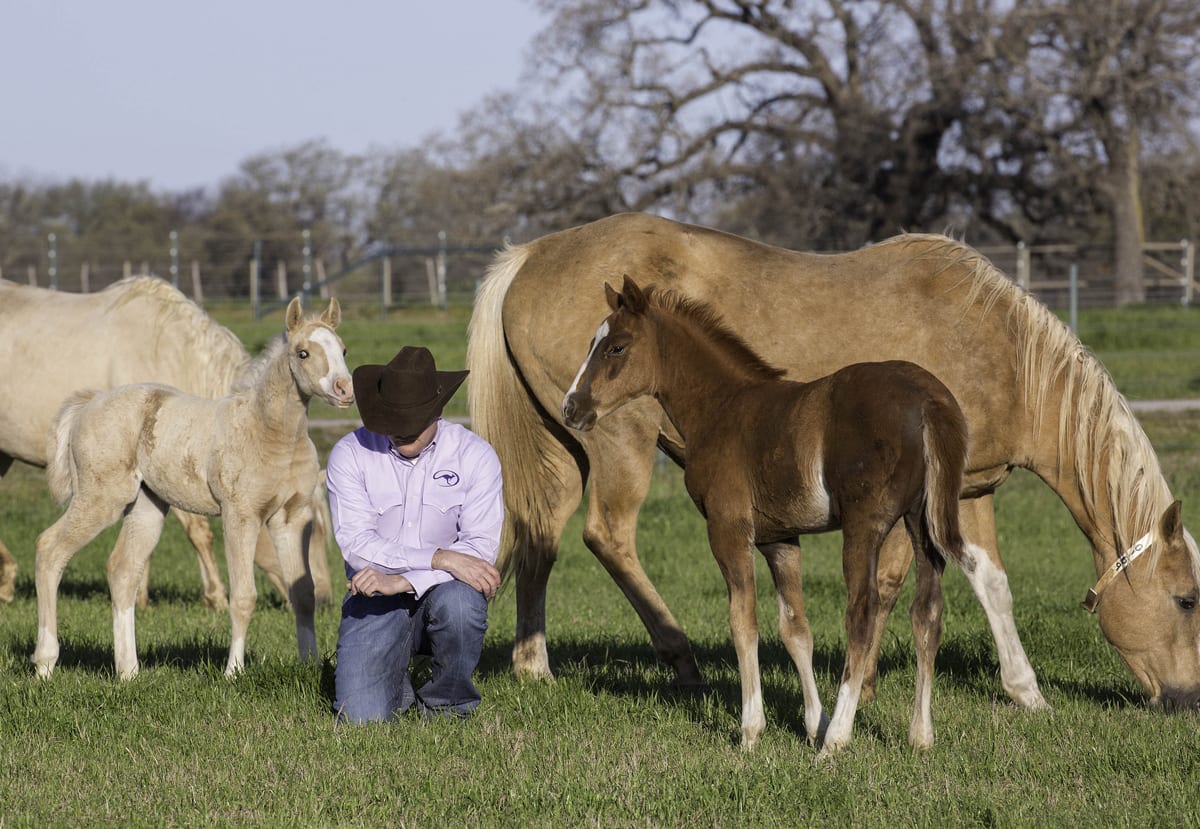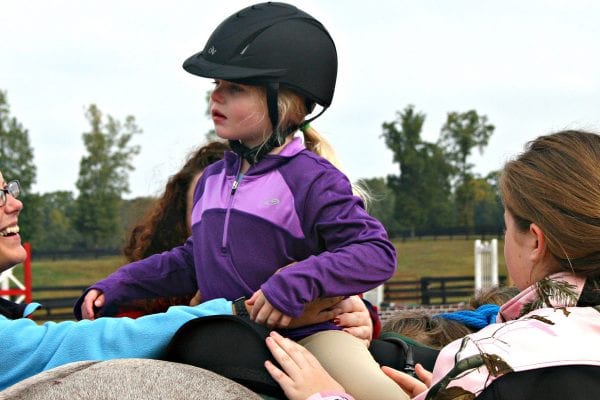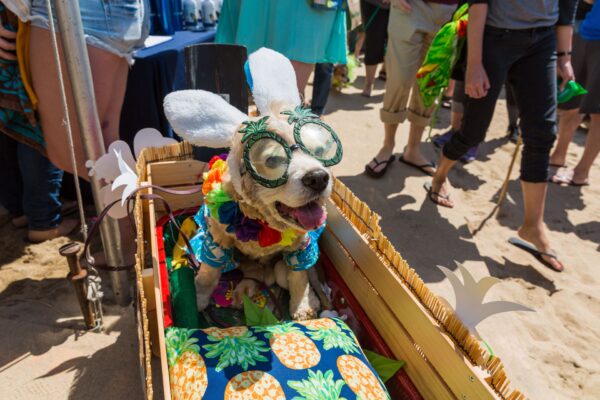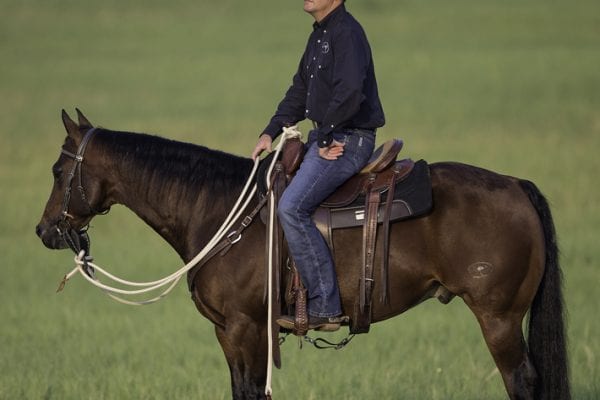Horse trainer and clinician Clinton Anderson explains the importance of creating draw with young horses.

When training horses, you must balance drive and draw. Drive is the horse’s desire to move away from you, and draw is the horse’s desire to come to you. The ideal balance between the two is a horse that willingly moves out of your space whenever you ask but is confident coming to you when invited.
Initially, foals are wary of humans. After all, you are a predator, and the foal is a prey animal. By nature, the two of you aren’t meant to get along. You have to learn to think like a horse, and he has to learn not to react like a prey animal. One way of doing that is to build his confidence in you by encouraging him to investigate you in the early stages of his life.
Kneel down and encourage him to walk up to you and rub his muzzle all over you. That’s his way of doing his own little safety check. Rub his body, find his itchy spots and make being around you a good thing. When he’s confident that you’re not going to hurt him and looks forward to being rubbed, he’ll feel comfortable around you and learn to trust and respect you. Before you can teach him anything, he has to have confidence in you.
Learn the essentials to starting your foal correctly in Clinton Anderson’s Foal Training Series.


